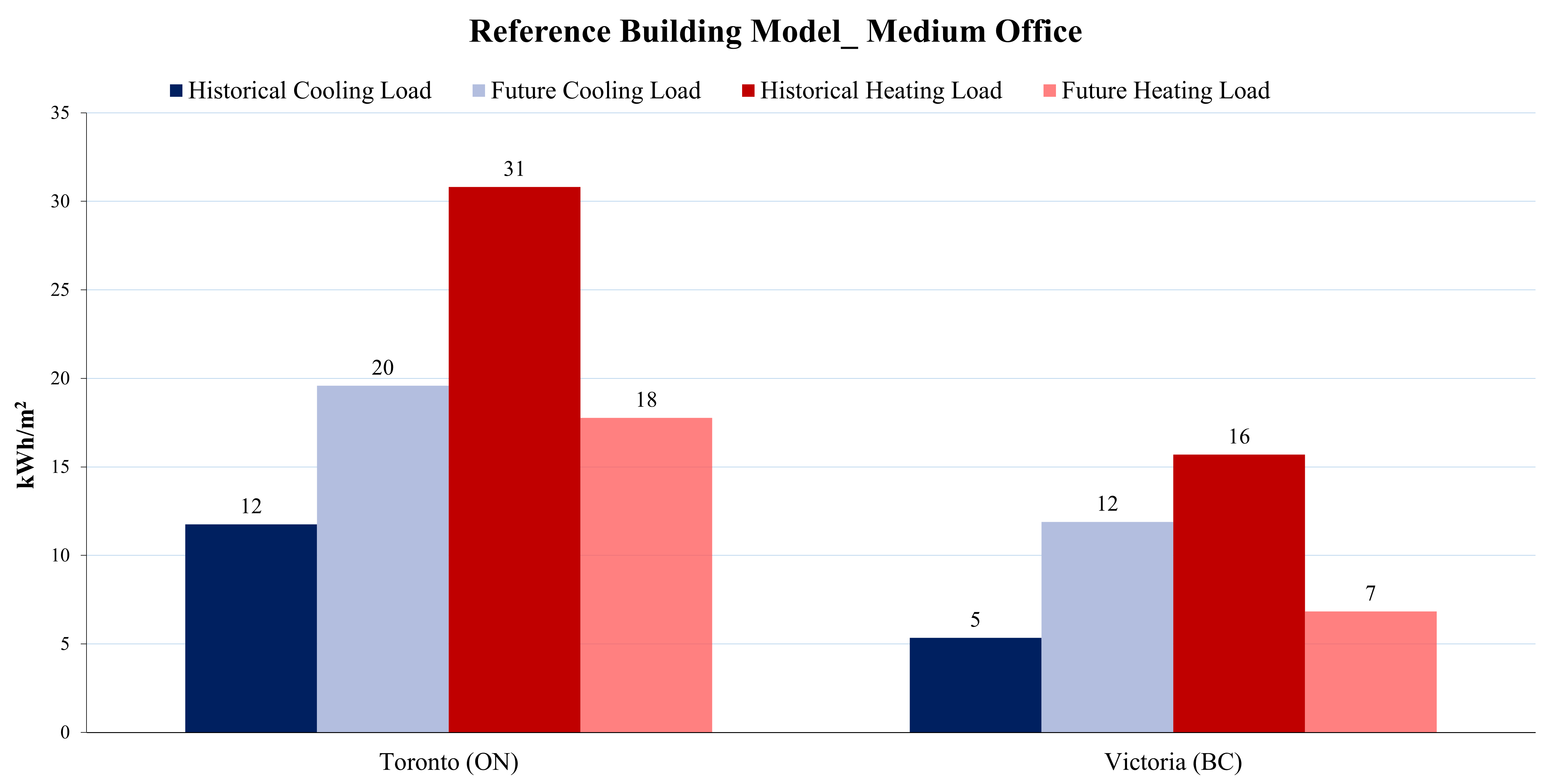What is the difference between the two future weather file datasets?
PCIC and NRC’s future weather files differ in terms of technical approaches, outlined in the next Learning Zone article. Files from the two methods offer somewhat different data availability and may be suited for different building performance simulation purposes.
PCIC’s dataset includes climate change-adjusted dry bulb temperature, dew point temperature, relative humidity, and surface pressure for a high emissions scenario, for three time periods: 2020s (2011 to 2040), 2050s (2041 to 2070), 2080s (2071 to 2100). Here, historical CWEC weather files are adjusted or “morphed” using the results from climate model projections. The PCIC dataset makes use of results from multi-model ensembles to address climate uncertainty.
On the other hand, NRC used a regional climate model (CanRCM4 LE) output to create eight weather files that include a baseline file (1991 to 2021) – produced from the modelled historical data, and seven future files representing different levels of global warming, from +0.5°C to +3.5°C. NRC’s dataset also provides the corresponding time-periods for each global warming levels: 2003–2033, 2014–2044, 2024–2054, 2034–2064, 2042–2072, 2051–2081, and 2064–2094. NRC applied the same TMY method used to create the CWEC files to produce future weather files. In addition to the TMY files, Moisture Reference Year, as well as Extreme Cold and Warm Year are provided for hygrothermal – heat and moisture – simulation and designing for extreme conditions.

